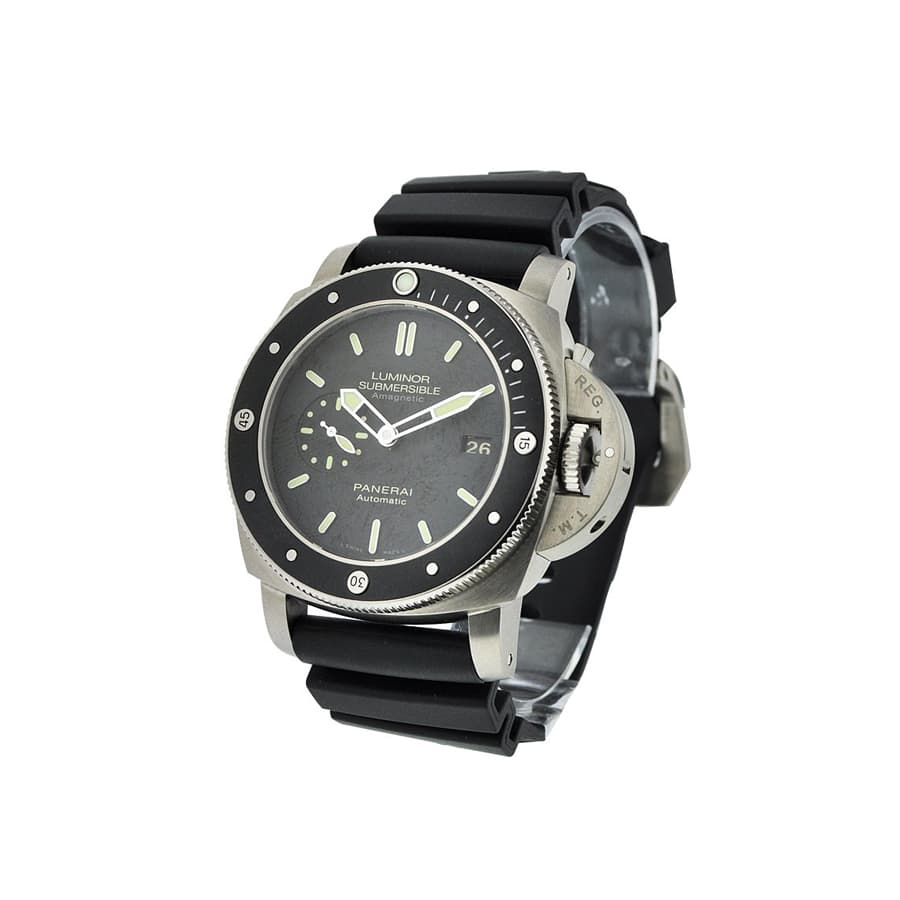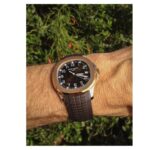A Test of the Patek Philippe Calatrava Pilot Travel Time
Unlike the white gold version with its matte blue dial and light-colored case, which gives a distinctly sporty look, 2018 rose gold model emphasizes elegance – supported by the warm tones of the case, the sunburst motif on the dial and the gradation of tones from brown to black, plus other details such as the applied numerals in rose gold with luminescent coating and the rose gold pronged clasp. These features combine to present a unique and elegant pilot’s watch. The vintage-style numerals and the two crown-like pushers on the left side add character and indicate that this replica watch offers an additional feature – in this case, an easy-to-use second-time zone.
If you pull the crown to the wrong position, you could change the minute hand by mistake and lose the correct time. Also, the hands of a second-time zone can often only be adjusted forward. For example, if you were to travel to the next time zone in the west, you would have to move the hour hand forward by 23 hours, which would result in a date advance that would then also have to be corrected by 30 days ahead.
Patek Philippe has found a solution to these problems. Essentially, this involves the two pushers for travel time, which adjust the local time in both directions, and the two day/night indicators on the dial, making both times intuitively readable in 12-hour format. In addition, the date also advances in both directions when setting the local time, so no correction is needed here either.
This is not the first time this movement has been used for such a function – it has powered the classic Calatrava models and was used in the Aquanaut and Nautilus in combination with the chronograph. Now, for the first time, replica Patek Philippe has equipped the Calatrava Pilot with a system designed to prevent accidental adjustment of the time zone. The risk of activating the pushers in an unlocked state is low, especially since gold watches are generally not subject to rigorous use. It is also possible to leave the pushers in the unlocked position if the quarter-turn is too complicated.


